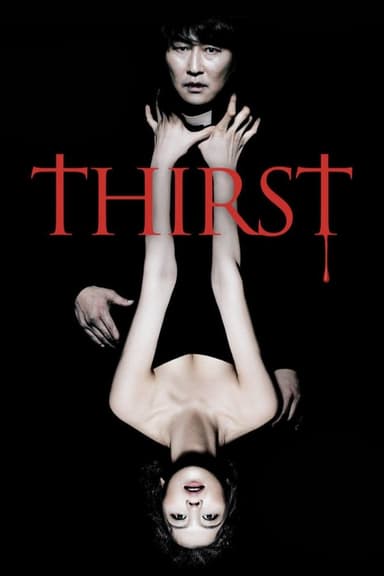
The Hunger
1983 • Drama, Horror • R
Five-thousand-year-old vampire Miriam promises her lovers the gift of eternal life. When John, her cellist companion for centuries, discovers that he has suddenly begun growing old, he attempts to seek out the help of Dr. Sarah Roberts, a researcher on the mechanisms of aging.
Runtime: 1h 36m
Why you should read the novel
Delving into Whitley Strieber's novel The Hunger reveals a much richer, more haunting narrative than the film adaptation. The book immerses readers deep into the psyche of its enigmatic protagonist, Miriam Blaylock, unraveling her centuries-old existence amid themes of loneliness, addiction, sexuality, and the relentless pursuit of immortality. Strieber crafts a literary experience that lingers, with chillingly beautiful prose and a depth of introspection on what it truly means to love, hunger, and endure forever.
Reading the source novel allows you to discover characters’ complexities and motivations in ways the film, for all its imagery, cannot express. You engage with their vulnerabilities and the existential questions that drive them, from Miriam’s desperation to stay alive to her crippling sense of loss. The shifting viewpoints in the novel also allow for a greater empathy and understanding between predator and prey, blurring the lines between victim and villain in powerful, thought-provoking ways.
Beyond its gothic allure, Strieber’s The Hunger offers a narrative influenced by science fiction and psychological horror, examining not just supernatural elements but also themes such as medical ethics, evolution, and the hidden costs of immortality. For those craving a deeper, more cerebral exploration of the vampire mythos, reading the novel promises a more lasting, rewarding experience than simply watching the stylish adaptation.
Adaptation differences
One of the most significant differences is the portrayal and depth of the characters, especially Miriam and Sarah. In Strieber’s novel, both characters are much more fleshed out, with detailed internal conflicts and motivations that drive their actions. The novel explores Miriam’s centuries-long psychological torment and loneliness in far greater detail, while the film focuses more on visual storytelling and moody atmosphere, sacrificing much of this inner monologue.
Another major divergence is found in the depiction of vampirism. The movie leans into a romanticized, almost ethereal vision of vampires, emphasizing elegance and sensuality, with their condition being mystical in nature. However, the book describes vampirism using scientific, even clinical, terms—conveying it as a kind of parasite or disease. This focus changes both the tone and philosophical underpinning of the narrative; the book’s approach lends a disturbing realism, whereas the movie stays dreamlike and abstract.
The roles of John and Sarah shift markedly between formats, particularly with respect to their relationships with Miriam. In the novel, John’s decline and struggle with aging is chronicled in detail, creating a poignant meditation on mortality, whereas the film presents his demise rather abruptly to focus on Miriam and Sarah’s toxic romance. Sarah’s fate also differs significantly, as her transformation and the consequences are more thoroughly explored in the novel, whereas the film opts for ambiguity and open-endedness.
Finally, the endings diverge greatly. Strieber’s novel delivers a darker, more introspective conclusion, grappling with the eternal burdens of vampirism and the inevitability of loss. The film, on the other hand, fixes on a stylized, ambiguous ending that hints at ongoing cycles and possibilities. This difference reflects the overall approaches: the novel grounds its horror in existential dread, while the film prioritizes visual allure and interpretive mystery.
The Hunger inspired from
The Hunger
by Whitley Strieber










